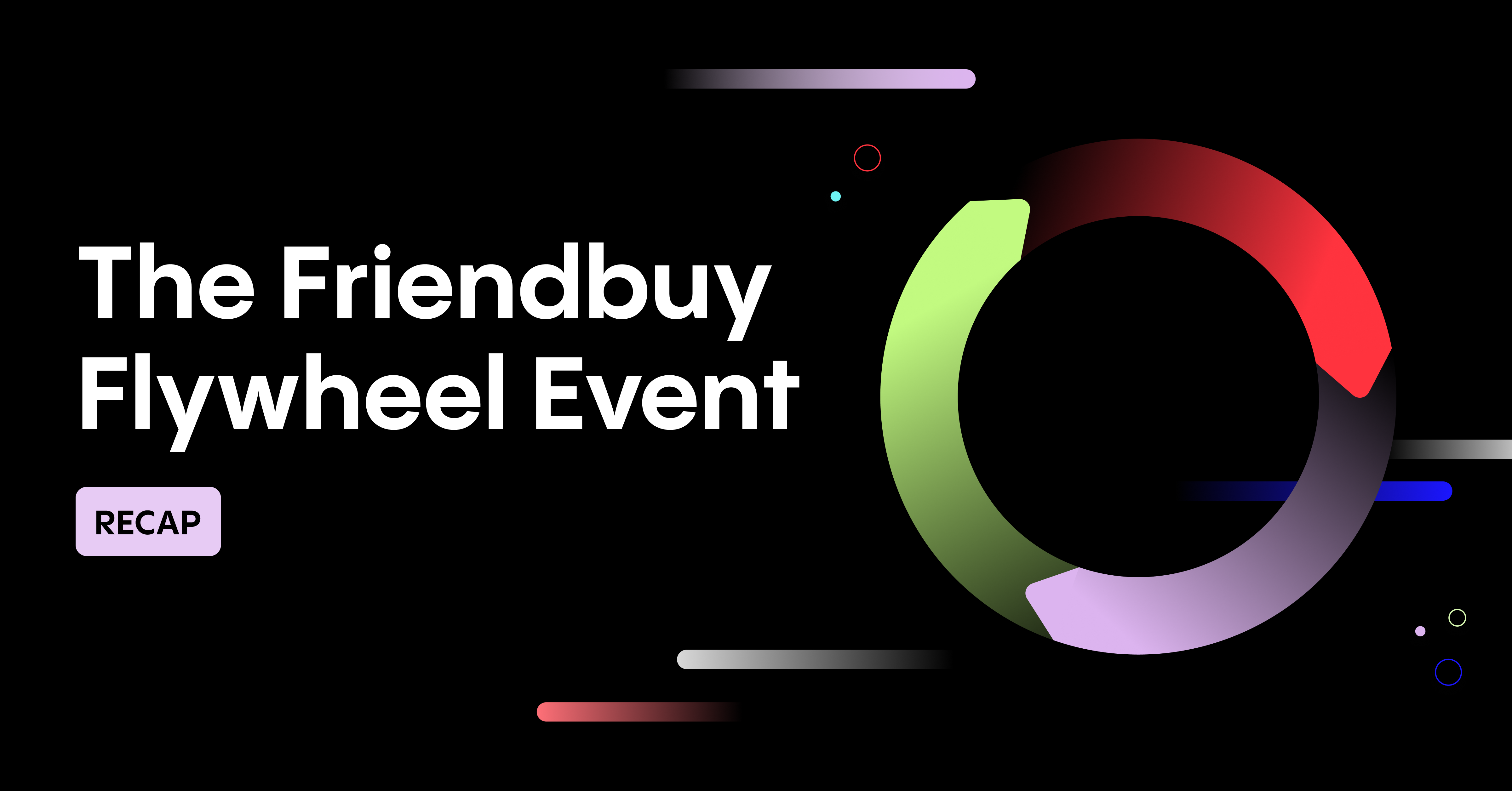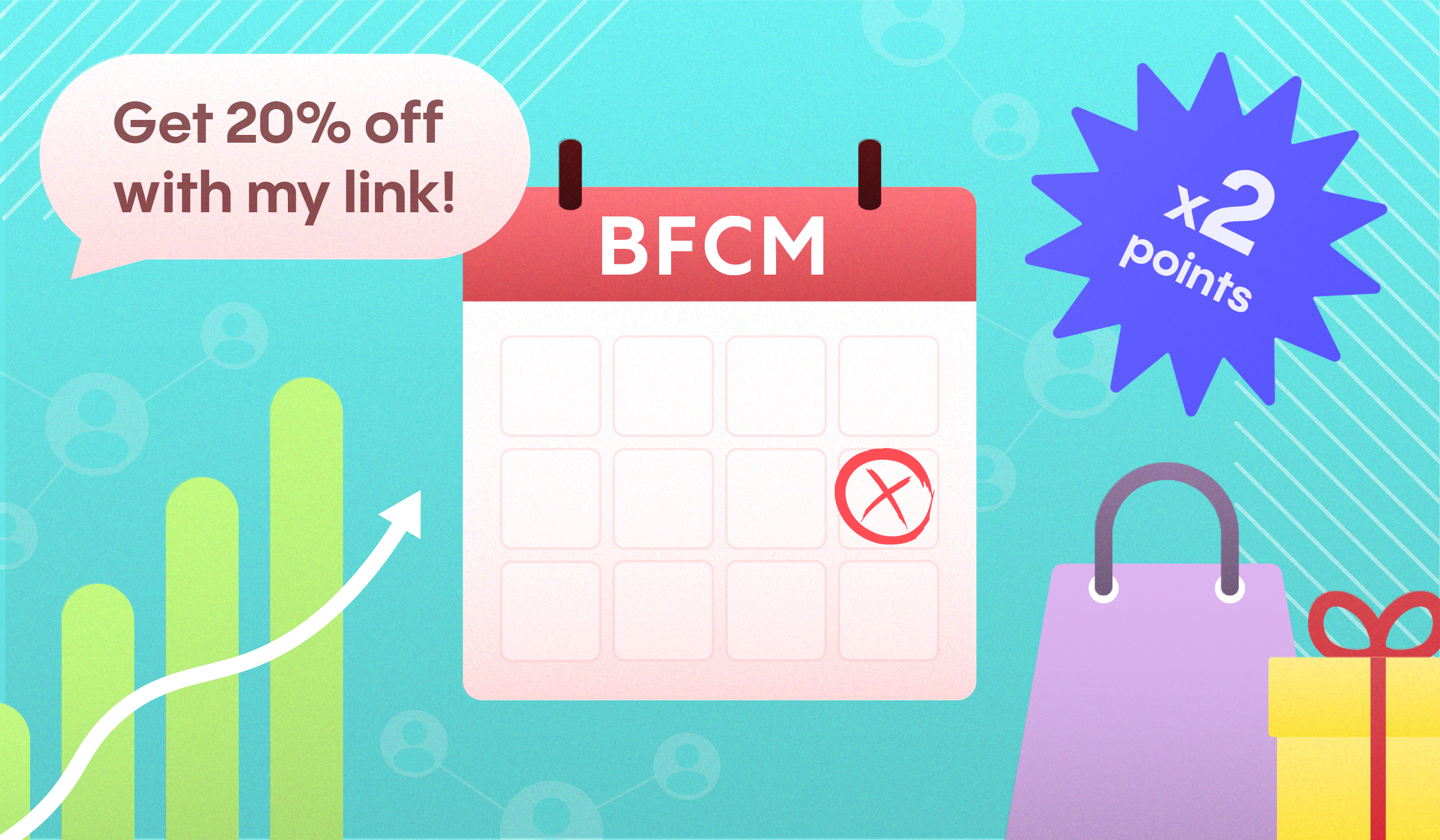Word of mouth marketing isn't new. Millions of recommendations are happening all over the world at any given moment. In cubicles and living rooms and on the Internet. Every day in every language.
We've all felt the power of a positive recommendation - the way your perspective instantly changes when a friend or family member says, "Oh, I've tried that thing! It's awesome - I love it. You should try it too!" It doesn’t matter if they’re recommending a new blender or a vacation to Italy. You're instantly more inclined to try the thing in question. Just because someone you know can vouch for it.
As marketers, not only do we hope to create that positive connection for our own brands, we are always aware of how word of mouth recommendations spread around us. Whenever we hear of a catchphrase or brand message spreading like wildfire, we want to know how they did it so we can replicate that success.
But is word of mouth marketing (WOMM) a necessary component of your brand marketing strategy? Is shooting for the intangible as useful as tried and true marketing tactics like SEM, PPC, and retargeting? Let's look at what the numbers say...
The Magic of Recommendations
- 89% of millennial women trust recommendations from a friend, peer, or family member more than recommendations from a brand (11%) [Mom Central]
- 84% of global consumers believe recommendations from friends and family are the most trustworthy sources of information about products, up from 78% in 2007 [Nielsen]
- 58% of consumers share positive experiences and seek advice from friends and family when they talk about brands on social media [SDL]
- 77% of consumers are more likely to buy a new product when learning about it from friends or family [Nielsen]
- 84% of consumers say they either completely or somewhat trust recommendations from family and friends [Nielsen]
- 43% of consumers are more likely to buy a new product when learning about it on social media [Nielsen]
- 68% trust online opinions from other consumers, which is up 7% from 2007 and places online opinions as the third most trusted source of product information [Nielsen]
- 71% of UK consumers recommend a company to others following a positive customer service experience [Loyalty360]
- Advice of family and friends (77%) is the most persuasive when looking for information about new products [Nielsen]
- 30% of consumers learn about products from friends or personal social media accounts [Gladson]
- 62% of European social media users are more likely to watch the trailer of a movie a friend has liked on Facebook [European Commission]
- 14% of European smartphone owners have used their devices to text or talk to family or friends about a product while in a store [ComScore]
- 40% of US moviegoers value recommendations posted by friends or family on social media [Nielsen]
- 36% of books are purchased because of the topic, 33% because of the author, and 21% because they are recommendations from friends [Nielsen]
- Women are 25% more likely than men to rely on friends or family for advice on personal finance matters [Nielsen]
- 45% of US teens are influenced by references to books on social network sites [Nielsen]
- 56% of global grocery shoppers learn about new products through recommendations from family and friends [Nielsen]
Clearly, word of mouth recommendations matter. But here’s the million dollar question – how do you generate more of it? Read on...
See how Nuuly used Friendbuy to drive thousands of new subscriptions within weeks of launch. >>
Classic Word of Mouth
Ted Wright, WOMM pioneer and author of the book Fizz: Harness the Power of Word of Mouth Marketing to Drive Brand Growth, defines word of mouth marketing this way:
“Identifying your influencers and coming up with a story that is interesting, relevant and authentic that ladders back to qualities of your brand and then sharing that story as much as possible.”
So in this classic definition of WOMM, a marketer would first identify influencers (i.e. the people worth talking to) and start talking to them in a way that in turn gets them talking about your company as well.
Word of mouth marketing tactics that foster the chain of events described above include:
- Creating personal connections with tastemakers through social media
- Providing a stellar customer service experience
- Making it easy for customers to write and share product reviews
So that's one potential chain of events. If everything goes as planned, you'll be happy to know:
- Word of mouth drives $6 trillion of annual consumer spending [CMO]
- 20% to 50% of purchases are the result of a word-of-mouth recommendation [AdAge]
- 92% of consumers around the world say they trust earned media, such as word-of-mouth or recommendations from friends and family, above all other forms of advertising—an increase of 18 percent since 2007 [Nielsen]
- 74% of consumers identify WOM as a key influencer in their purchasing decision [AdWeek]
- 62% of marketers in the US, UK, and Canada are satisfied with the business value of their word-of-mouth marketing campaigns [Forrester Research]
- Brands that inspire a higher emotional intensity receive 3x as much WOM as less emotionally connected brands [Keller Fay]
- 28% of consumers say word of mouth is the most important factor in strengthening or eroding brand affinity [Kentico Software]
- 30% of U.S. consumers rely on word of mouth from family and friends when researching medications [Orc International]
- Marketing-induced consumer-to-consumer word of mouth generates more than 2x the sales of paid advertising [McKinsey]
The stats above look pretty rad. Maybe word of mouth marketing just shot up your list of strategic priorities. But did you know this:
Referral marketing is easier to deploy and augments word of mouth.
You can think of word of mouth marketing as channel you nurture and referral marketing as a channel you control and optimize. The two pieces of the puzzle are rather synergistic.
Referral Marketing Enhances and Amplifies Word Of Mouth Marketing
Word of mouth marketing and referral marketing are often treated as synonymous, but in reality they’re more like close cousins.
Word of mouth marketing is relatively intangible from a planning standpoint, though the potential payoff is huge. If you are able to pull off a controlled lightning strike, you will see results magnified through social networks and email - modern touch points that make spreading the word as easy as a click of a button. Yes, you can control customer experiences, develop great products, and reach out to influencers. Those are well within your control.
All I'm saying is that referral marketing removes some of the uncertainty and is much more straightforward in terms of getting the ball rolling (i.e., getting the word out quickly and efficiently). Referral marketing leans less on ephemeral things like "positive desire" and "influencers" and more on straightforward marketing tactics like setting up incentives and A/B testing offers.
When you put an incentive in front of folks and ask them to refer their friends, they don’t necessarily have to love your product or business to start sharing; they’ll do so because you've put that carrot in front of them. And their friends will take notice because there’s an offer for them to visit your business and convert.
With referral marketing, you're giving everyday people (everyone) the opportunity to share just because they're getting rewarded. Referral marketing levels the playing field. Rather than focusing on influencers who already have a wide reach, you’re turning average people into brand advocates by tapping into this universal truth – we all love getting something in return.
And guess what? Referral marketing is trackable, measurable, and scalable. Because you're a marketer reading this, I know you like those things!
Check out these referral marketing statistics:
- Customers referred by other customers have a 37% higher retention rate [Deloitte]
- A referred customer has a 16%-25% higher life time value (LTV) [Wharton School of Business]
- Friend referrals are the most successful marketing tool used by US small businesses [eMarketer]
- Referred customers tend to be more loyal than other customers, a difference that persists over time [American Marketing Association]
- 39% of respondents say they'd be much more likely to refer friends for monetary incentives over other rewards [B2B Marketing Mentor]
- 66% of respondents under the age of 34 are more likely to give a referral after receiving social recognition [B2B Marketing Mentor]
- 72% of marketers do not recognize and leverage customer referral value [Loyalty360]
- More than 50% of respondents are more likely to give a referral if offered a direct incentive, social recognition or access to an exclusive loyalty program [B2B Marketing Mentor]
- Offering a reward increases the likelihood of referral, but the reward size may not matter [American Marketing Association]
- Rewards are important for increasing referral likelihood between casual acquaintances [American Marketing Association]
- 49% of consumers are "very or somewhat" influenced by product referrals from friends via social channels [Marketing Land]
- Brand advocates are 83% more likely to share information about a product than typical web users [BzzAgent]
- Brand advocates are 50% more likely to influence a purchase [BzzAgent]
- Brand advocates are 75% more likely to share a great product experience [BzzAgent]
- Brand advocates 3x times more likely to share product opinions with someone they don’t know [BzzAgent]
Regarding Influencers
I've had something on my mind lately that I want to get off my chest. Friendbuy's partners (our customers) open up their referral programs to everyone. What follows is that a bunch of people start sharing into Facebook, Twitter, and sending out their personal URLs (PURLs).
What's fun - and rather interesting to watch develop - is that a group of influencers emerges over time.
Here's an example: I was on a call last week with a Friendbuy partner who showed me one of his customers who - on his own - generated 180 sales last month. He's a dude who runs a great, well-respected blog of highly-polished video product reviews. This blogger appeared from out of the blue - not someone our partner would have easily (or ever?) identified.
What's my point? It's incredibly difficult and time consuming to "pre-identify" influencers.
It's way easier to let everyone participate in your referral program and watch influencers bubble to the top on their own. In fact, you might say having a referral program is the way to identify influencers.
Click your heels three times and repeat after me - "Anyone can be an advocate."
Summary
Think of word of mouth marketing and referral marketing as two distinct marketing channels that work together.
Word of mouth involves good product, good customer interactions, and nurturing relationships with key influencers or "brand ambassadors".
Referral marketing is the way to accelerate all of the above conditions that make word of mouth marketing work in the first place. It scales faster because everyone can participate and it can be deployed and managed at scale (very easily I might add) with software.
So if you want to capitalize on the power of recommendations, devote some effort to word of mouth marketing, but know that making referral marketing a strategic driver of growth will enhance your results even further. There's obviously no such thing as magic, but as far as we're concerned, referral marketing (because you can manage and optimize it) is the next best thing.










.avif)

